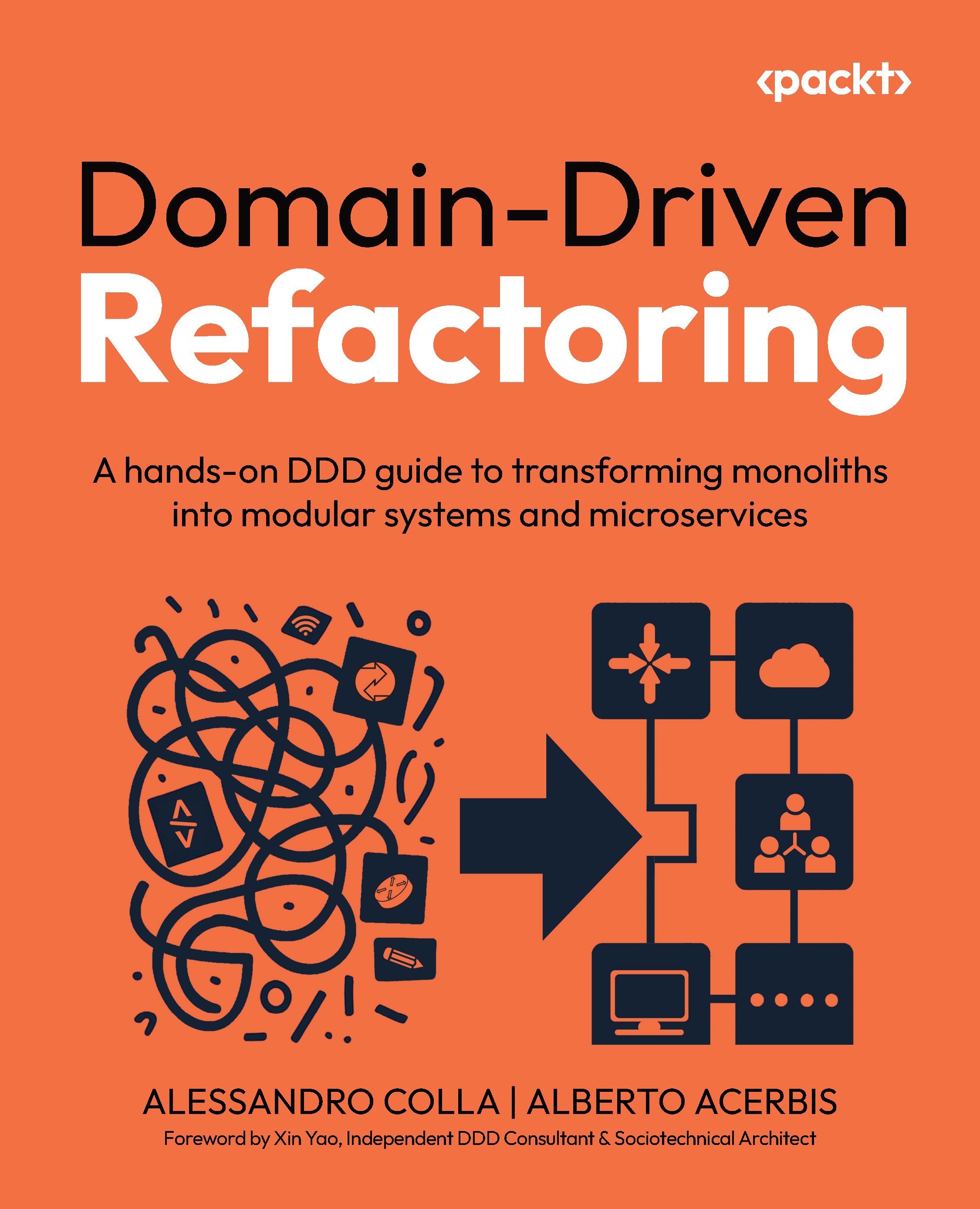Understanding before acting
If you take a look at the 01-monolith_legacy branch of our ERP example, you’ll notice that the code is somewhat messy. While the project names are clear, it’s difficult to identify any architectural pattern, such as Onion Architecture, Clean Architecture, or even Hexagonal Architecture.
Dig deeper into the code. If you open the program.cs file in the BrewUp.Rest project, you will see that every service and endpoint is registered in this file. This means that whenever you need to add, remove, or modify a service or endpoint, you have to update the program.cs file, the entry point of your application. This approach is far from ideal!
The SalesOrderService and WarehousesService files, located in the Services folder, serve as the façade of the underlying infrastructure. Placing these files directly in the BrewUp.Rest project creates a tight coupling with the underlying system. As a result, if you ever need to move one of these services...
































































